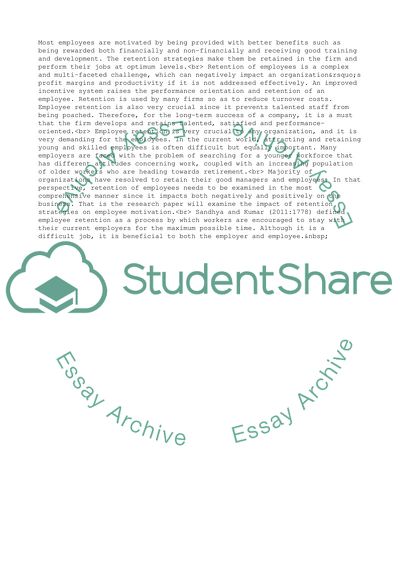Cite this document
(The Impact of Retention Strategies on Employee Motivation Research Proposal - 1, n.d.)
The Impact of Retention Strategies on Employee Motivation Research Proposal - 1. Retrieved from https://studentshare.org/management/1634263-proposal
The Impact of Retention Strategies on Employee Motivation Research Proposal - 1. Retrieved from https://studentshare.org/management/1634263-proposal
(The Impact of Retention Strategies on Employee Motivation Research Proposal - 1)
The Impact of Retention Strategies on Employee Motivation Research Proposal - 1. https://studentshare.org/management/1634263-proposal.
The Impact of Retention Strategies on Employee Motivation Research Proposal - 1. https://studentshare.org/management/1634263-proposal.
“The Impact of Retention Strategies on Employee Motivation Research Proposal - 1”, n.d. https://studentshare.org/management/1634263-proposal.


